Tokyo's Theater Museum: Explore Japan's Stage Arts in Waseda
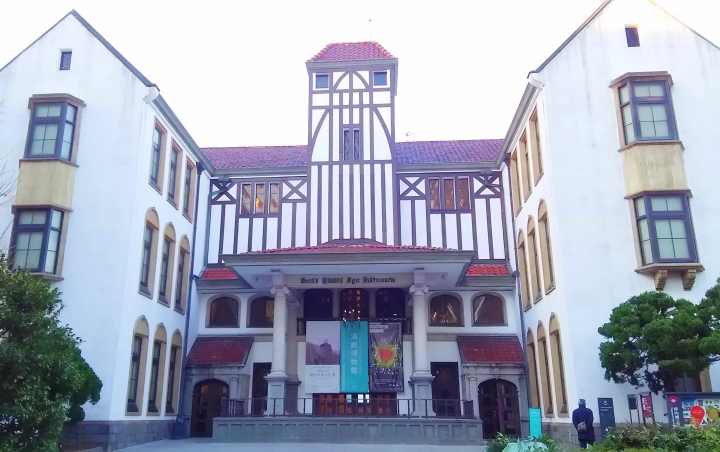
The Tsubouchi Memorial Theatre Museum at Waseda University offers insightful exhibitions related to traditional and modern Japanese theater, such as Kabuki, Noh, Bunraku, and other performing arts.
A Museum Featuring Japan's Performing Arts in Tokyo
Japan boasts a rich diversity of performing arts. These range from ancient traditional arts passed down through generations to contemporary theater and dance.
Throughout the year, theaters across Japan host performances of classic arts such as Noh(*1), Kyōgen(*2), Kabuki(*3), Bunraku(*4), Rakugo(*5), as well as modern and contemporary genres like Angura theatre(*6), avant-garde theatre, and musicals.
*1 Noh is one of Japan's traditional performing arts. It was developed around the 14th century.
*2 Kyōgen is a comical stage art performed along with Noh.
*3. Kabuki is a performing art that developed within the urban culture of the Edo period (1603-1889).
*4 Bunraku, also known as ningyō joruri, is a type of puppet theater that flourished in the Edo period.
*5 Rakugo is a traditional storytelling art developed in the Edo period.
*6 Angura theater is a movement that began in the 1960's-70's. "Angura" is the short form of "underground theater".
However, to watch a stage performance, you need to search for and book your tickets in advance.
If you are traveling in Japan and want to experience theater while making efficient use of your time, or if you're interested in learning more about performing arts in general, we invite you to visit the Tsubouchi Memorial Theatre Museum (also known as "Enpaku"), located on the main campus of Waseda University.
Tsubouchi Memorial Theatre Museum at Waseda University
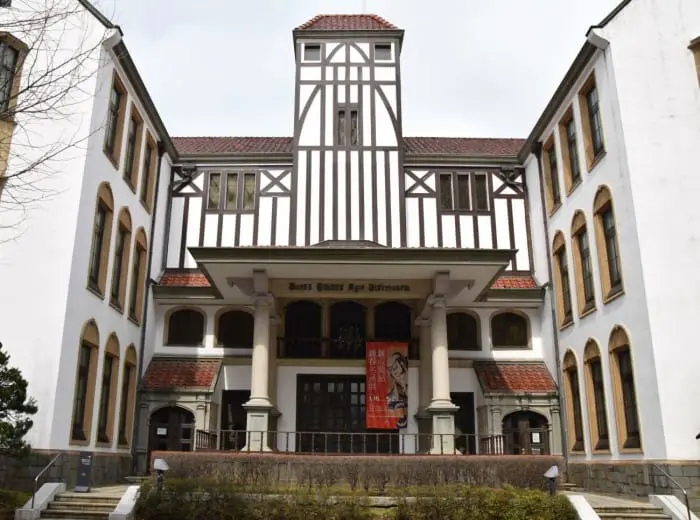
Presently, the Tsubouchi Memorial Theatre Museum is the only museum in Asia dedicated to performing arts.
It was established in 1928 by Tsubouchi Shōyō (1859–1935), one of the most influential figures in Japanese modern literature. Professor Tsubouchi is also renowned for being the first person to translate Shakespeare's works into Japanese.
The museum building was designed by architect Imai Kenji and was inspired by the structure of the “Fortune” theatre from the Elizabethan era—the same period during which Shakespeare was active as a playwright. Thanks to its distinctive appearance, the museum stands out among the other buildings on campus.
The Exhibition Rooms: A Tour Through the History of Theater
The exhibition rooms of the Theatre Museum showcase performing arts from around the world, organized by historical period and geographical region.
1. "Western Drama" Exhibition Room
The exhibition room dedicated to Western drama focuses on Shakespeare’s work. It also features plays and stage footage from European and American theater of the modern period. Additionally, a miniature of the original Fortune Theatre is displayed in this room.
2."Ancient and Middle Ages" Exhibition Room
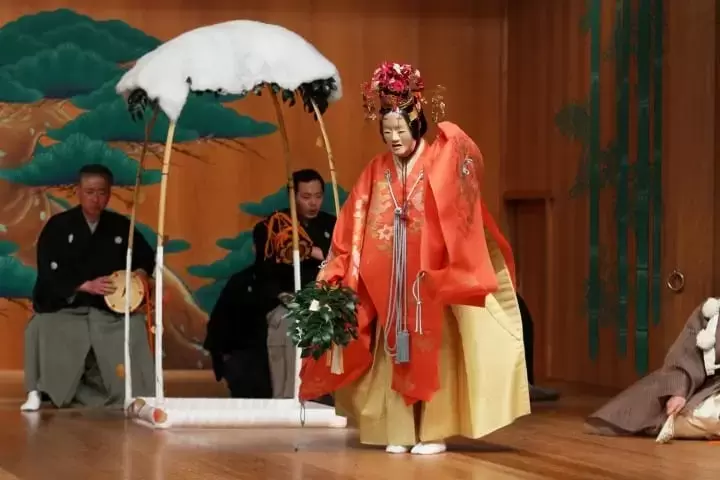
The “Ancient and Middle Ages” exhibition room displays masks, costumes, and objects used in Japan’s oldest existing performing arts.
Visitors can also watch clips of a Noh performance on video, allowing them to experience the captivating atmosphere of this art form. Noh originated around the 14th century and has been refined over time, remaining treasured by performers and enthusiasts to this day.
After exploring the displays of masks, costumes, and stage instruments used in Noh, you can try wearing a Noh mask yourself. While wearing the mask, try turning your face upward and downward. You’ll notice that the mask can express happiness or sadness depending on the angle of its tilt.
3. "Early Modern Age" Exhibition Room
The next room, “Early Modern Age,” is dedicated to Kabuki and Bunraku, two performing arts that flourished during the Edo period.
In the puppet theater called “Bunraku,” each puppet is operated by three puppeteers. You can view a puppet up close and listen to the emotional storytelling of a “tayū” (the performer of “ningyō joruri”), the chanting that provides musical background in Bunraku.
In the same room, there is a display of objects related to Kabuki, an art form that emerged amid Edo period culture. Kabuki captivates audiences with its magnificent dances, impressive stage effects, and elaborate costumes and makeup.
The exhibit includes old scripts and portraits of famous actors, and you can even observe the structure of a Kabuki stage, including the ingenious mechanisms used behind the scenes.
4. "Modern Theater"
During the Meiji Period (1868–1912), elements of Western theater were introduced to Japan. This led to the emergence of a new theatrical form called shingeki.
In the room dedicated to Modern Theater, you can see objects related to the first Japanese artist troupes that traveled to Europe in the early 20th century, a miniature of Japan’s first Western-style theater—the Imperial Theater—as well as various documents that recount the story of the origins of modern theater in Japan.
5. Temporary Exhibitions
In addition to its permanent exhibitions, the Theatre Museum organizes temporary exhibits twice a year on current topics in the world of performing arts. These displays are often interactive, engaging visitors and offering new ways to explore the world of the stage.
The museum's library provides free access to books and publications on performing arts. Additionally, the AV booth in the museum's office building can be used to watch videos of theatrical performances, some of which are subtitled in other languages. This space also houses a collection of foreign publications related to performing arts.
Discover Japan's Performing Arts in Tokyo
A visit to the Tsubouchi Memorial Theatre Museum will surely enhance your experience of watching a performance on stage. We invite you to visit the Theatre Museum for an in-depth look at the fascinating world of the performing arts.
Waseda University Tsubouchi Memorial Theatre Museum
Location: Map
Opening Hours:
Exhibition rooms, library: 10:00 – 17:00 (Tuesdays and Fridays until 19:00)
AV booths, Rare and Foreign-language book library: Monday-Friday 10:00 – 17:00
Closed: the first Wednesday of the month (except for April, August, and March), the third Wednesday of the month (except for January), and university holidays
Pamphlets in other languages: English, Chinese, Korean
Nearest Station: Waseda Station (Tokyo Metro Tōzai Line, Toden Arakawa Line)
Access: 7-minute walk from the Tōzai Line Waseda station (exit 3a or 3b); 5-minute walk from the Arakawa tram line Waseda station。
Entrance fee: free
Official Homepage: Waseda University Tsubouchi Memorial Theatre Museum
Ramona, English content editor at MATCHA since 2016, has been practicing ikebana flower arrangement (Ikenobo School) and tea ceremony (Omote Senke) since 2012. She arrived in Japan in 2012 as a graduate student with a focus on Japanese literature and performing arts. As a travel editor and writer, Ramona has visited and documented 40 of Japan's prefectures with a focus on art, history, traditional Japanese crafts, and performing arts.




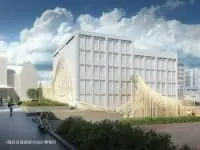









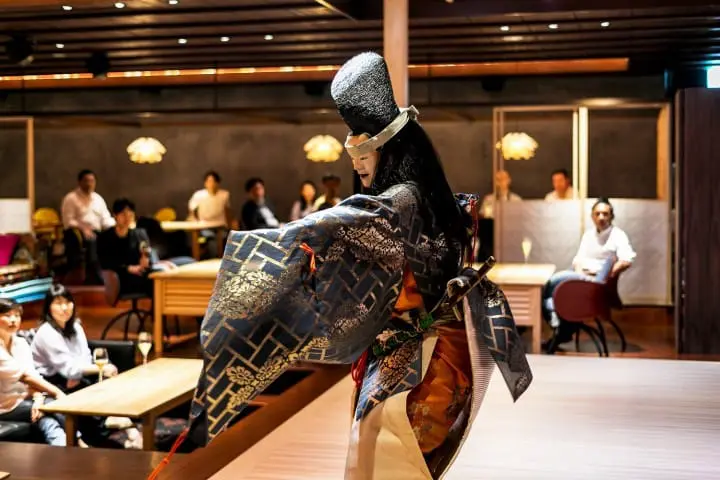















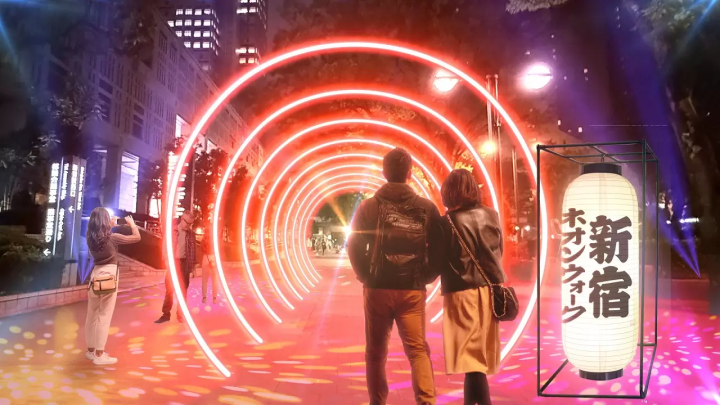
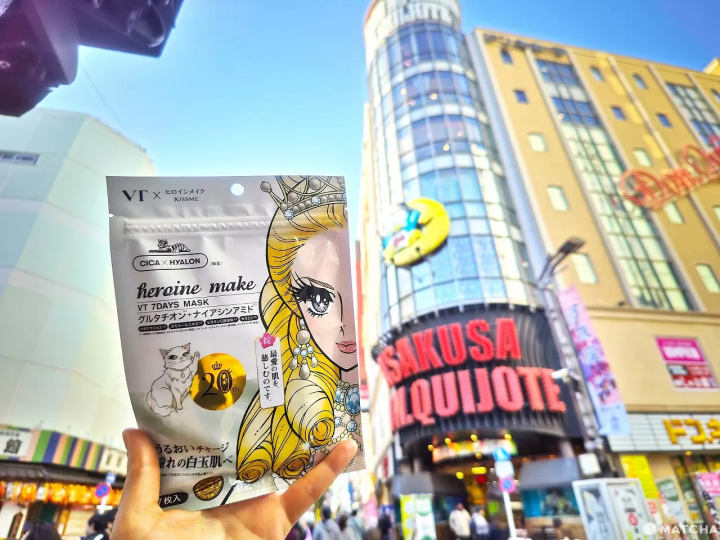
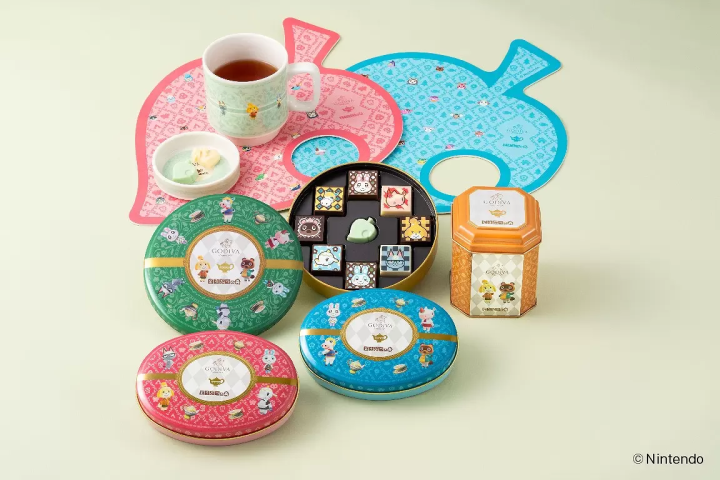
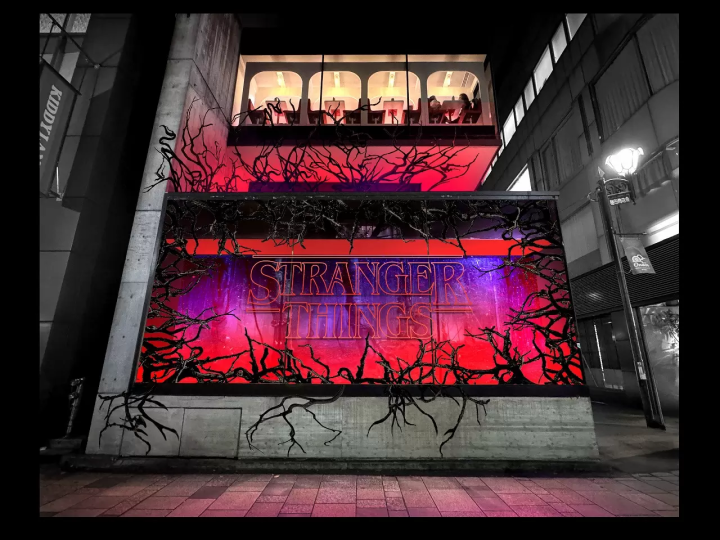
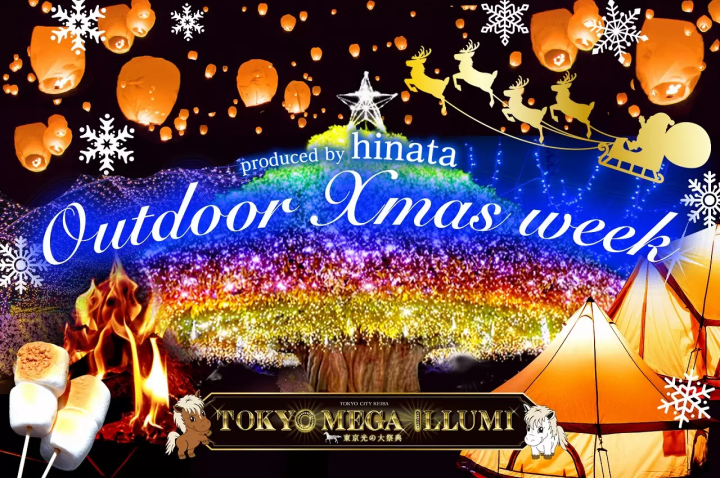
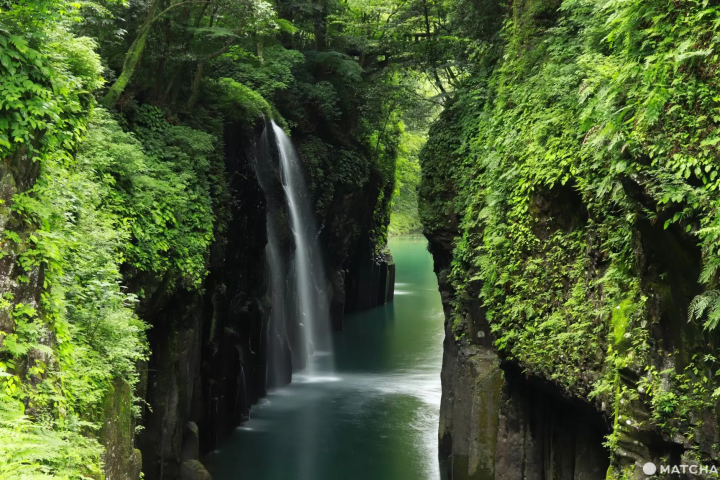




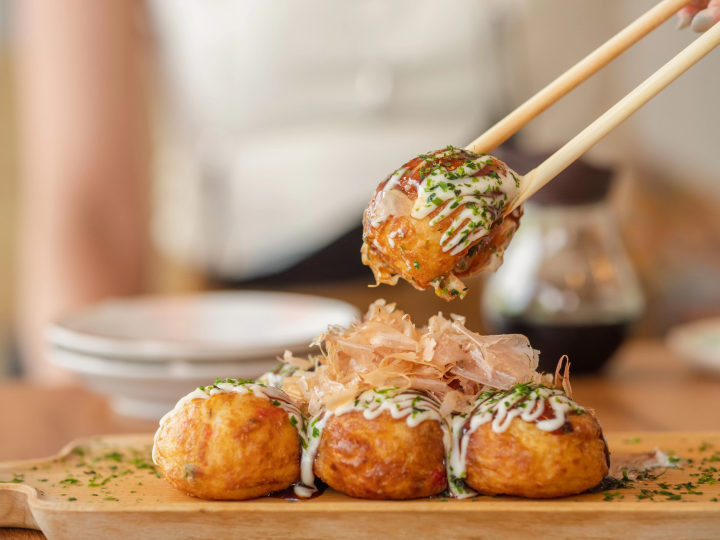
![[2026 Edition] FORMUAL 1 JAPANESE GRAND PRIX Information](https://resources.matcha-jp.com/resize/720x2000/2025/10/05-245984.webp)
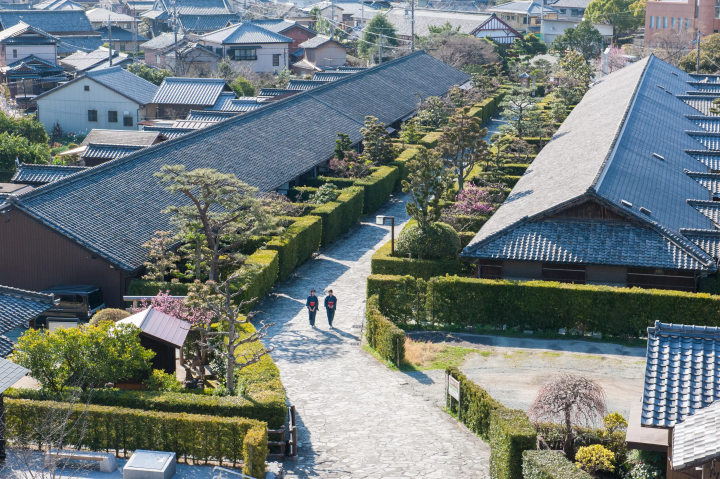
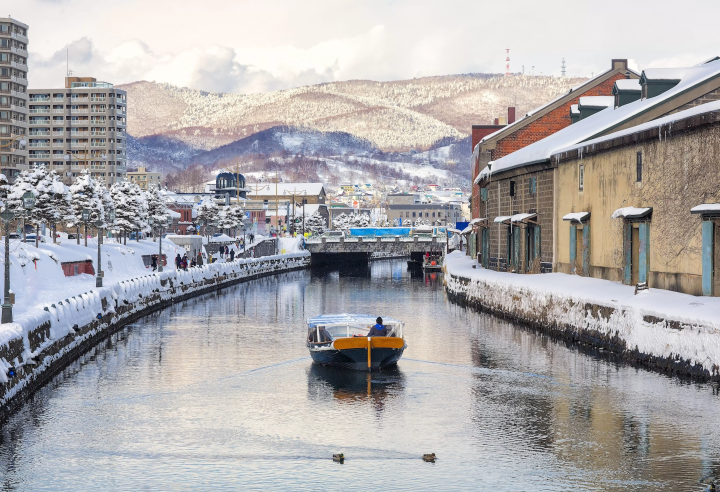
![[2025 Update] Namba's spectacular illuminations! "Namba Hikari Tabi" with approximately 1 million shining lights](https://resources.matcha-jp.com/resize/720x2000/2025/12/12-252825.webp)